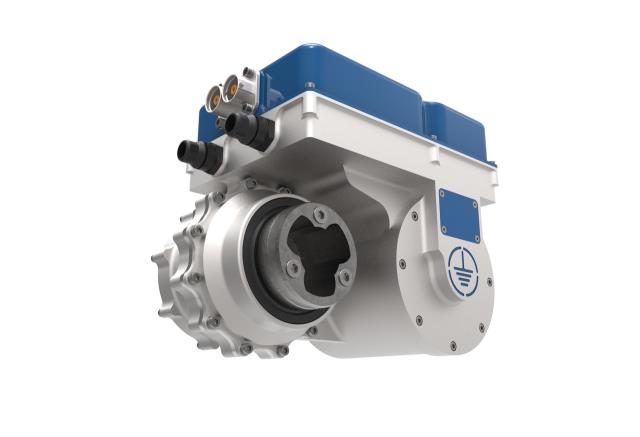
A collaboration between Equipmake and HiETA, the Innovate UK-backed project will combine advanced additive manufacturing techniques with thermal efficiency. Its metal structure will be 3D printed instead of milled from a single billet, reducing the quantity of high-strength alloys and magnetic material required, while also minimising weight. The companies are aiming for peak power of 220kW at 30,000rpm and a weight of less than 10kg, which would make Ampere around four times more power-dense than conventional electric motors.
C2I 2019: UK developed magnet-free electric motor ready for the road
Integral Powertrain wins Dewar Trophy for Pikes Peak electric motors
In a statement, Ian Foley, managing director of Equipmake said: “This exciting project has the potential to totally change our concept of what an electric motor can offer, and with such a huge amount of performance in a such a small package at as low a cost as possible, this motor is set to further revolutionise e-mobility, whether that’s in automotive or aerospace. We are grateful to Innovate UK for their support and are looking forward to getting the very first Ampere prototypes up and running very soon.”
Key to the performance of Ampere will be the motor’s thin walls and complex internal geometries, created by HiETA using selective laser melting (SLM). The technique allows components to be built using very fine layers of metal powder, which - unlike selective laser sintering (SLS) - are fully melted into single components rather than simply fused together.
“Ampere provides the opportunity to apply both HiETA’s thermal management expertise and complex, thin-walled structure manufacture enabled by additive manufacture to electric motor design to realise ambitious power densities,” said Andy Jones, innovation programme manager at HiETA.
“We typically reduce the size of thermal management components by five times compared with conventional techniques which will allow next-generation heat transfer features to be integrated into the rotor, stator and electronics cooling. In addition, the freedoms of additive manufacture will be used to optimise structural performance.”




Report highlights significant impact of manufacturing on UK economy
I am not convinced that the High Value Manufacturing Centres do anything to improve the manufacturing processes - more to help produce products (using...